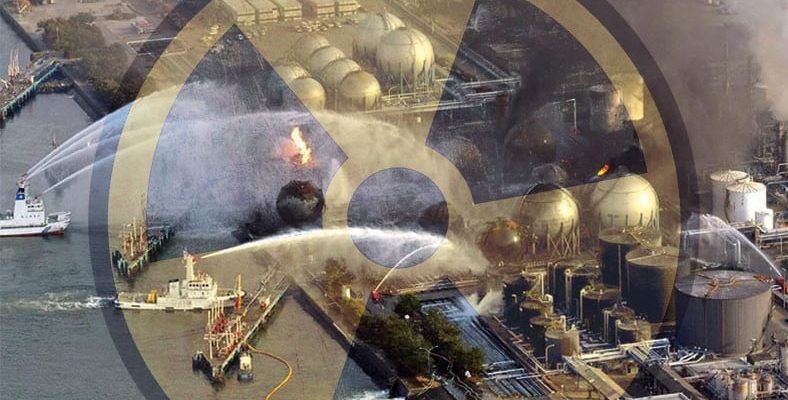Nuclear reactors, one of the most discussed energy production methods in the world, can turn into a real nuclear disaster due to radiation accidents, even if they are mostly harmless. Let’s take a closer look at the world’s biggest nuclear disasters by INES level.
Since we, as humanity, constantly need energy, we have tried to find ways to produce energy continuously throughout history. In 1954, our energy world leveled up and we started to build nuclear reactors. The system was beautiful, we could get the energy we needed forever, cheaply and harmlessly; until there are successive radiation accidents. until disaster strikes.
Nuclear disasters and radiation accidents in the world are determined by The International Nuclear and Radiological Event Scale, briefly INES, in Turkish with the International Nuclear and Radiological Event Scale. Consisting of eight levels, including 0, that we don’t expect to see greater Some of the world’s largest nuclear disasters and radiation accidents on the INES scale truly blood-curdling.
The world’s largest radiation accidents and nuclear disasters on the INES scale:
- Idaho – USA
- Michigan – USA
- Vaud – Switzerland
- Jaslovské Bohunice – Czechoslovakia
- Ibaraki – Japan
- Pennsylvania – USA
- Cumberland – England
- I was Kish – USSR
- Chernobyl – USSR
- Fukushima – Japan
Killed everyone nearby: Idaho – USA
At the National Reactor Test Station located in Idaho Falls, in the state of Idaho, USA, In 1961, the SL-1 prototype exploded. Although it was brought under control and prevented it from turning into a major nuclear disaster, three operators died on the spot due to the explosion. The accident cost $22 million.
A major disaster averted: Michigan – USA
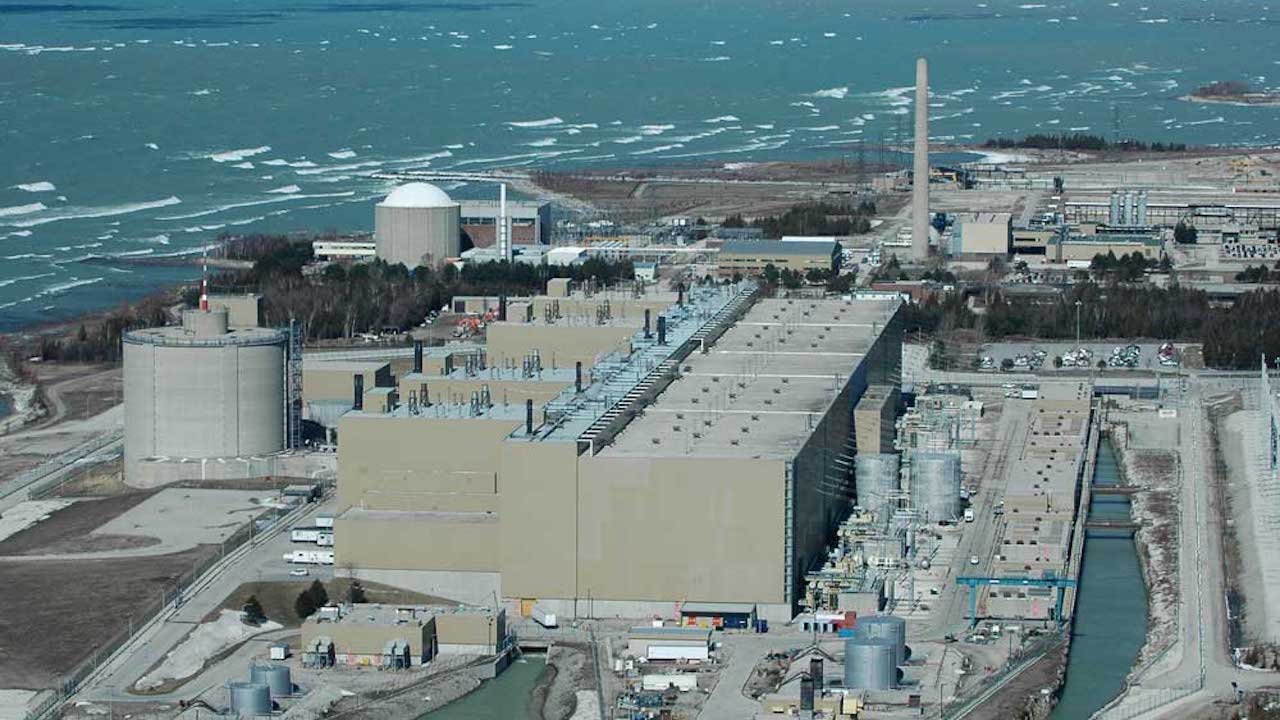
At the Enrico Fermi Nuclear Generating Station in Frenchtown Charter Town, Michigan, USA, In 1966, some fuel elements melted. Since the incident at the Fermi 1 reactor was quickly brought under control, not much radiation was emitted to the environment. The accident cost 132 million dollars.
Originated from coolant: Vaud – Switzerland
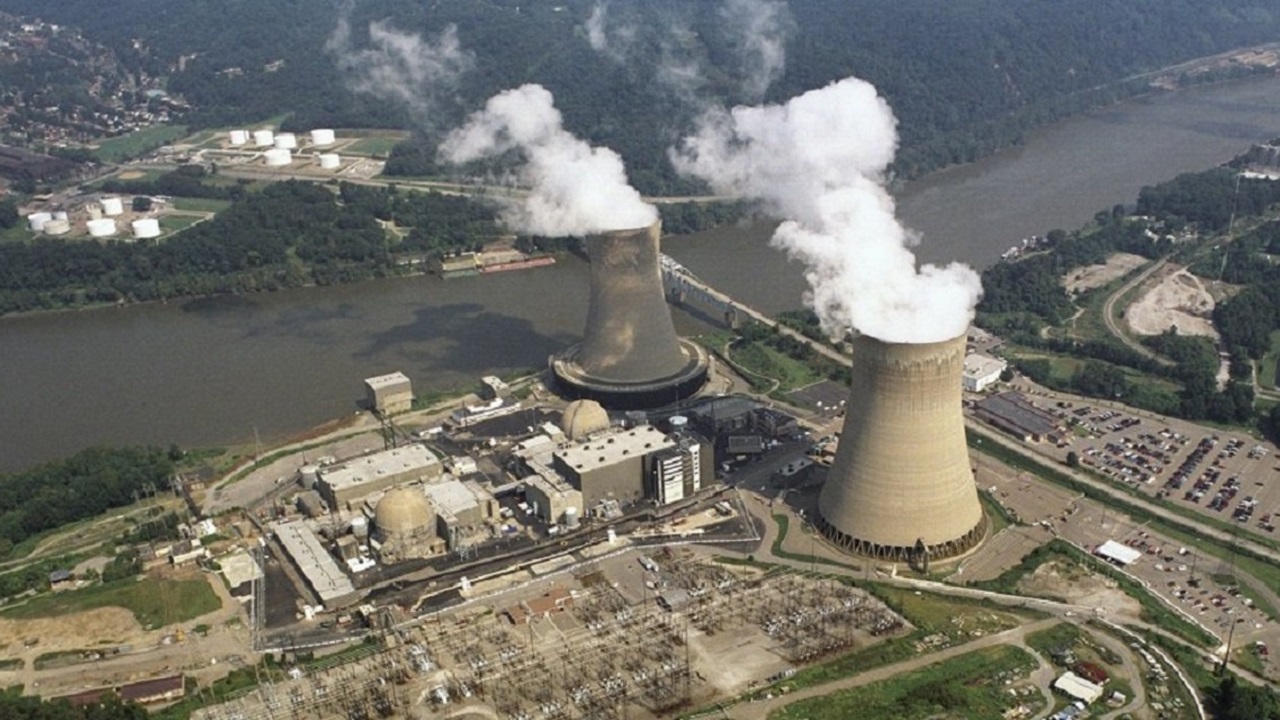
At the Lucens nuclear reactor in Vaud, Switzerland In 1969, a coolant accident occurred. As a result of the accident, the fuel elements began to melt and radioactive contamination occurred. Fortunately, this accident was averted before too much radiation was released into the environment.
Action taken but costly: Jaslovské Bohunice – Czechoslovakia
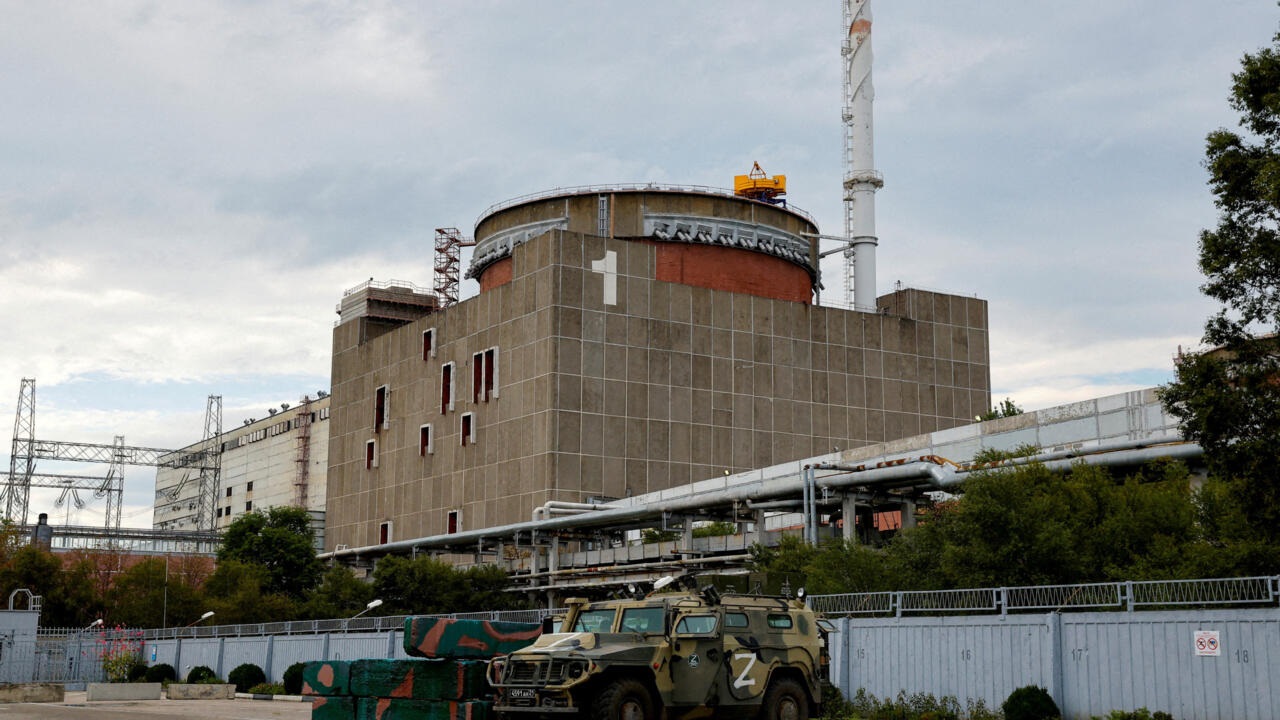
At the Bohunice Nuclear Power Plant in Jaslovské Bohunice, Czechoslovakia In 1976, an accident occurred during a fuel change. Two people died on the spot due to the problem with the device that sprayed the coolant into the reactor, but precautions were taken before radiation was spread to the environment. The accident cost about $2 billion.
Affected hundreds of people: Ibaraki – Japan
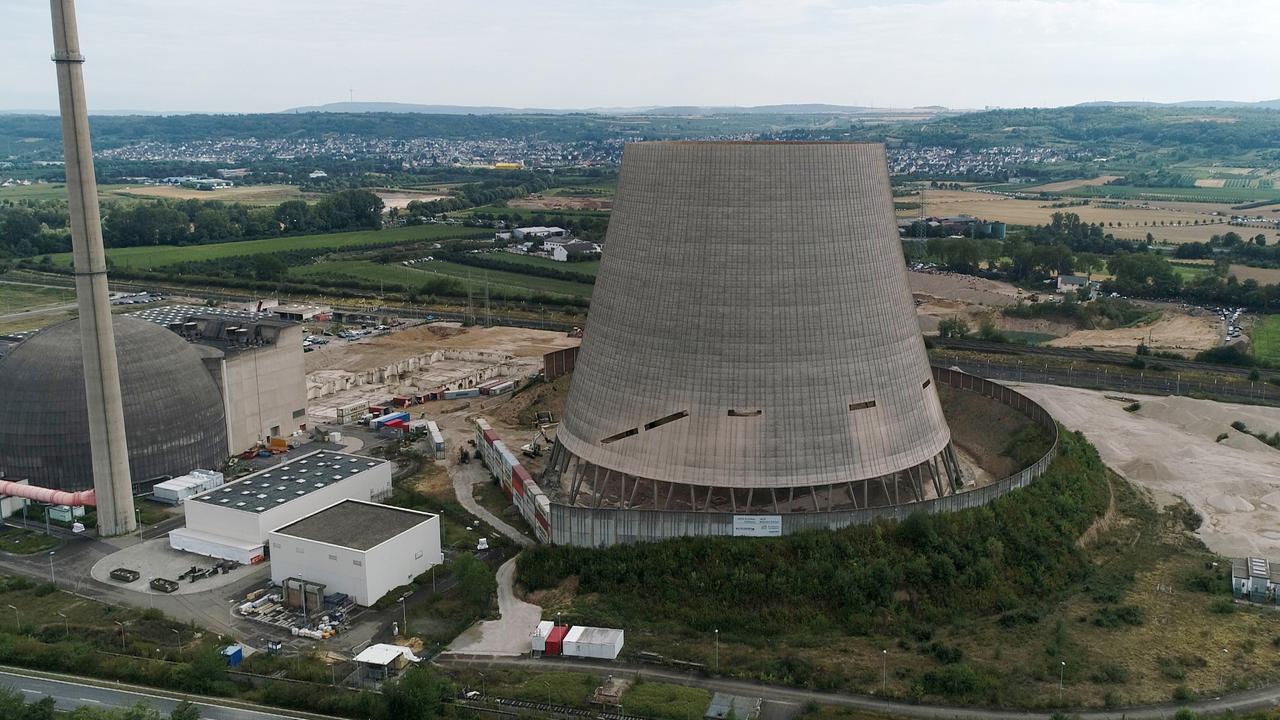
nuclear facilities in the Japanese province of Ibaraki. The event that went down in history as the Tokaimura nuclear accident, occurred due to misuse of uranium fuel. In the incident that took place in 1999, 667 people were exposed to radiation and two people died. The accident cost $54 million.
It was due to operator error: Pennsylvania – USA
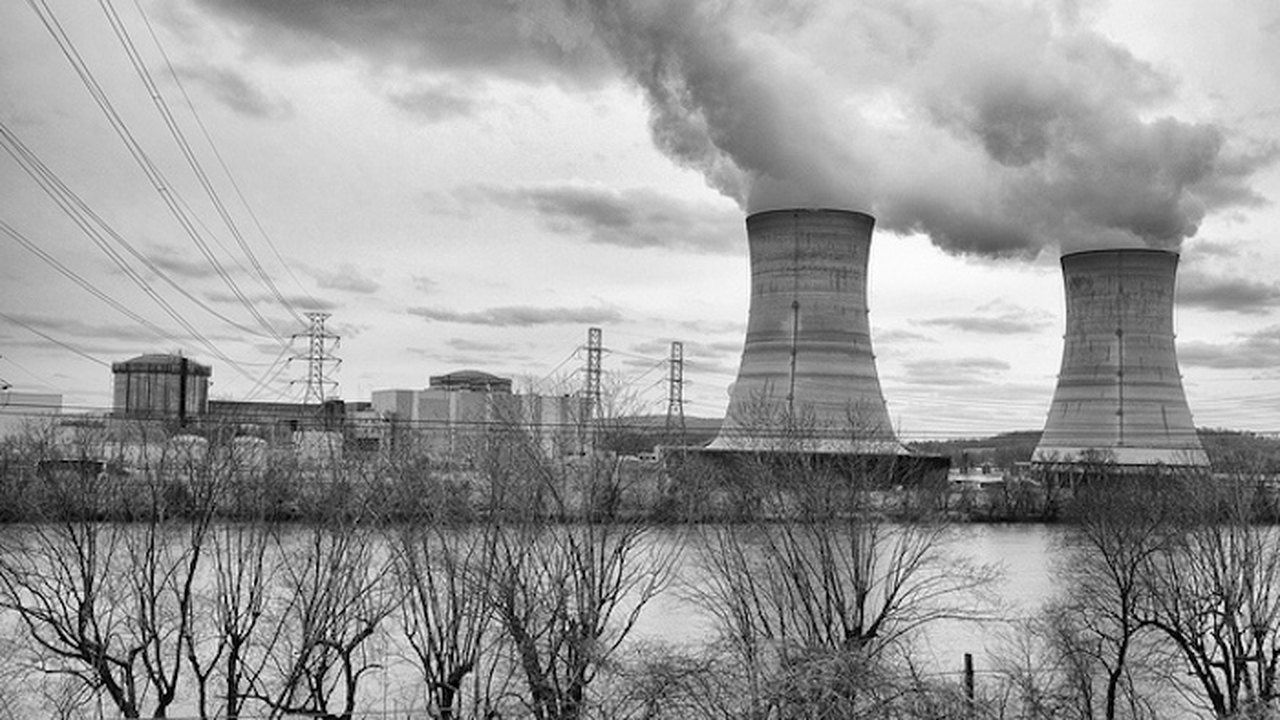
nuclear reactor located on Three Mile Island, Pennsylvania, USA. In 1979 due to technical errors and operator errors coolant was lost and the core partially melted. The accident, in which very little radioactive gas was released, cost about 3 billion dollars.
When I wanted to produce plutonium: Cumberland – England
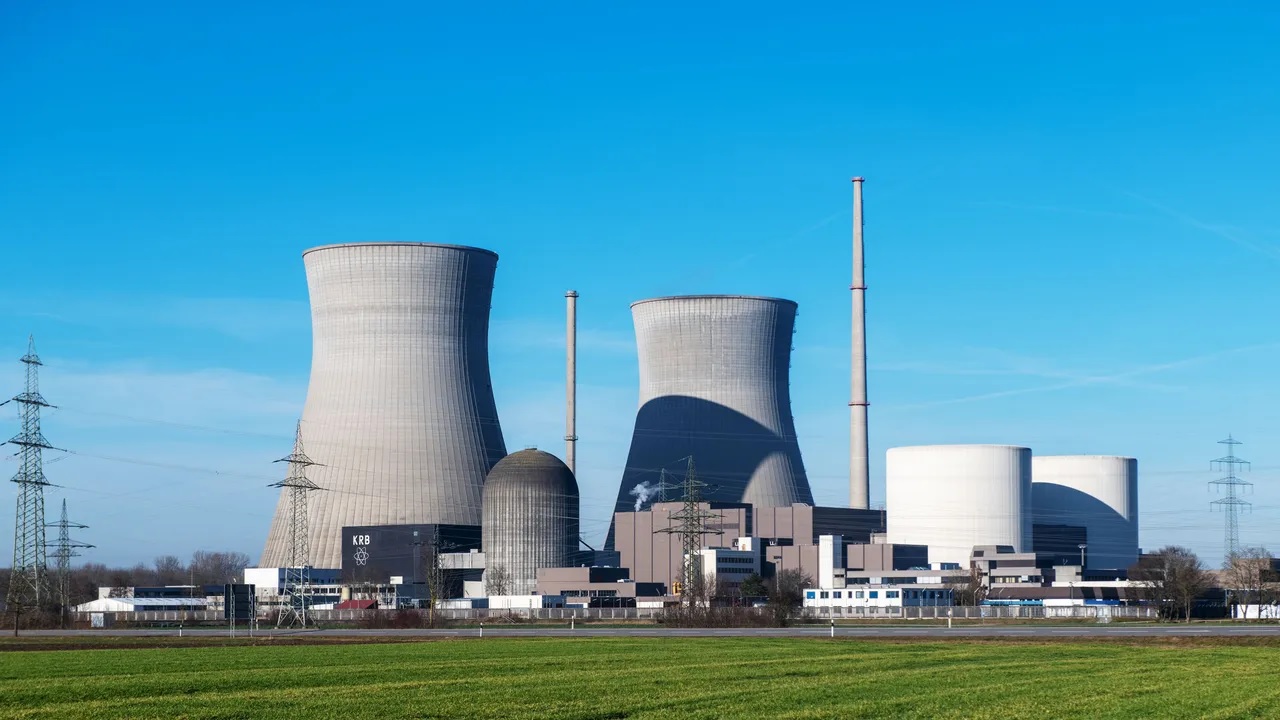
For an atomic bomb project at the Sellafield facility, which was established in the Cumberland region of England in 1957. The core was damaged in the fire that broke out while producing plutonium. The only thing that prevented a terrible radioactive leak was a simple filter on the vent. Still, more than 240 known people have died from cancer.
Hundreds of people got cancer: I was Kish – USSR
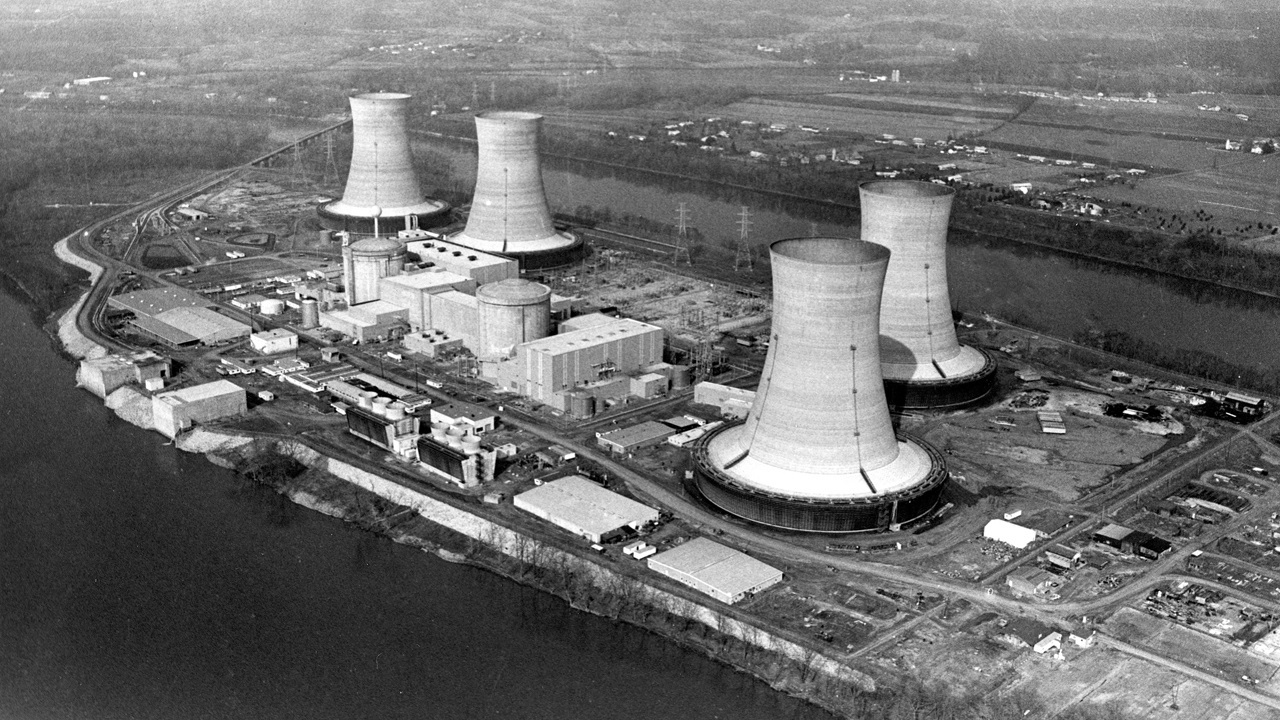
The event, which went down in history as the Kishtim disaster, occurred at the Mayak facility in Kishtim, the Union of Soviet Socialist Republics. In the storage tank of the facility that produces plutonium for nuclear weapons, In 1957 there was a chemical explosion. In the radiation pollution caused by the explosion, 10 thousand people were evacuated and more than 200 known people died due to cancer. It is estimated to affect an area of 52 thousand square kilometers.
It also affected Turkey: Chernobyl – USSR
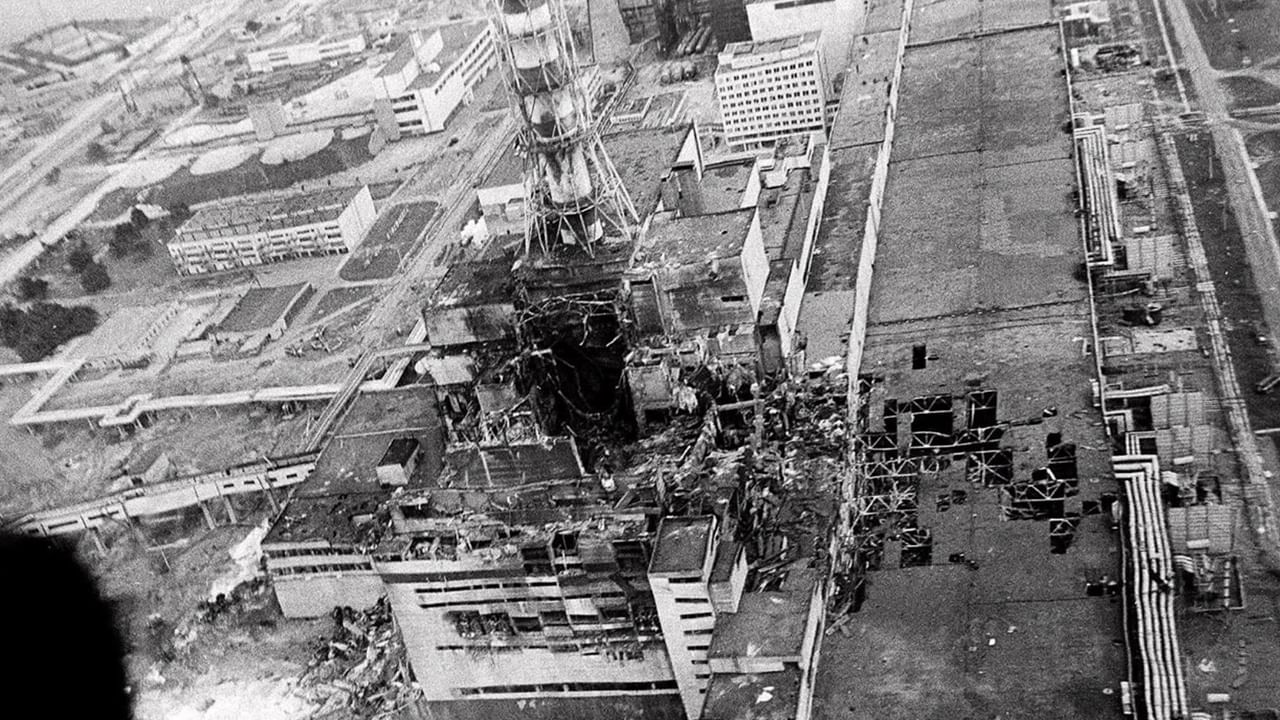
In nuclear facilities located in the Chernobyl Raion region of the Union of Soviet Socialist Republics, In 1986, the fuel rods of reactor No. 2 were damaged due to inadequate safety measures. As a result of this damage, first there was a big explosion and then the melting started.
More than 300,000 people were evacuated from the region after the disaster. The explosion was so big radioactive material spread to most of Europe, especially Türkiye. It is estimated that about 5 percent of the core is released into the atmosphere.
After the Chernobyl disaster, more than 4,000 people known died due to cancer. But these are only official figures because The radiation emitted affected the air, water, soil. Cancer occurred in the children of people who did not die or did not have cancer, although they were exposed in those days. Not to mention the financial damage.
One of the scariest disasters in history: Fukushima – Japan
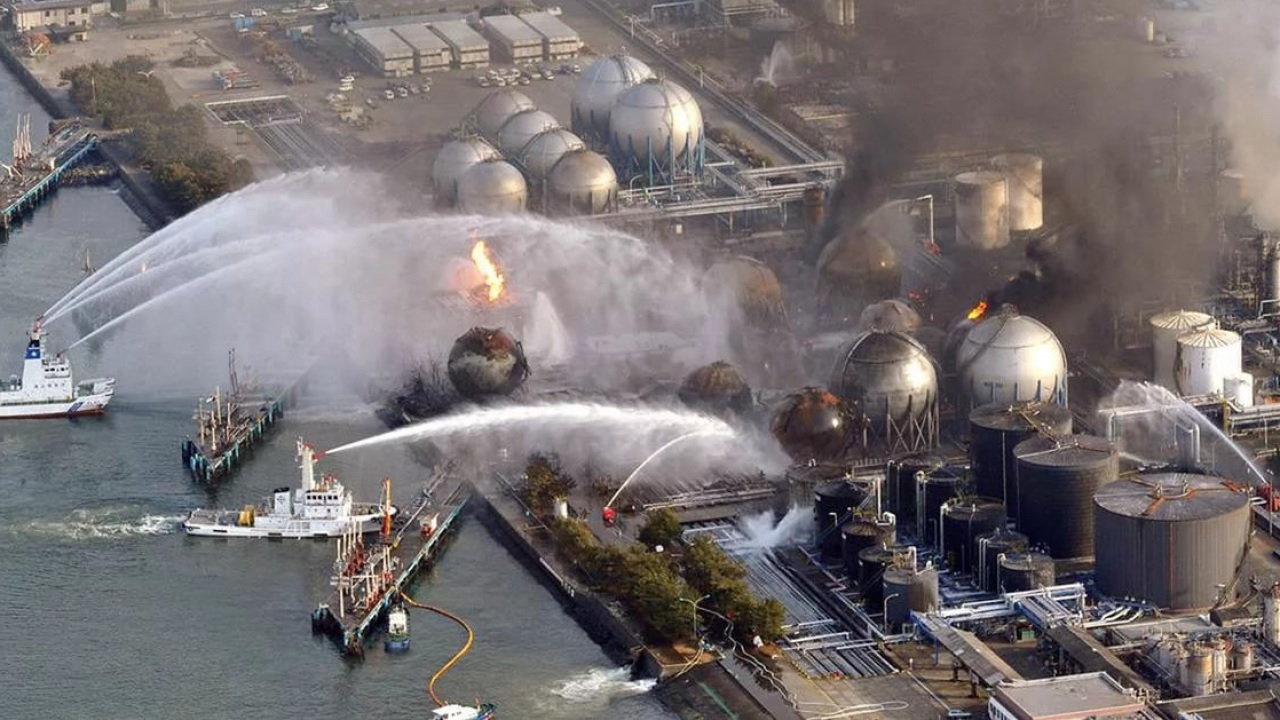
At the Fukushima Daiichi nuclear power plant in Fukushima Prefecture, Japan Actually there was no accident. Due to the tsunami that occurred after the earthquake in 2011, 3 reactors at the power plant were flooded. The loss of backup electrical power caused a meltdown due to overheating.
In what is seen as the biggest nuclear disaster after Chernobyl More than 150,000 people were evacuated from the region. Due to the tsunami, four workers at the power plant lost their lives, while some sick and elderly people died during the evacuation. The accident cost about $3 billion.
How is the INES level determined?
Nuclear disasters and radiation accidents in the world are determined by The International Nuclear and Radiological Event Scale, briefly INES, in Turkish with the International Nuclear and Radiological Event Scale. This measure was named The International Atomic Energy Agency, briefly IAEA, in Turkish in 1990. International Atomic Energy Agency determined by.
Just like at the earthquake scale, it is also at the INES level. each level is ten times the intensity of the previous level. The INES value is given by looking at the effects on people and the environment after an accident. There are eight basic levels of INES and are assessed as follows;
- 7 – big accident
- 6 – serious accident
- 5 – accident with wider consequences
- 4 – accident with local consequences
- 3 – serious event
- 2 – event
- 1 – anomaly
- 0 – deviation
The largest ever lived in the world by INES level by listing radiation accidents and nuclear disasters We briefly talked about the effects of the events that took place. Nuclear disasters are not natural disasters, they are caused entirely by human negligence.
